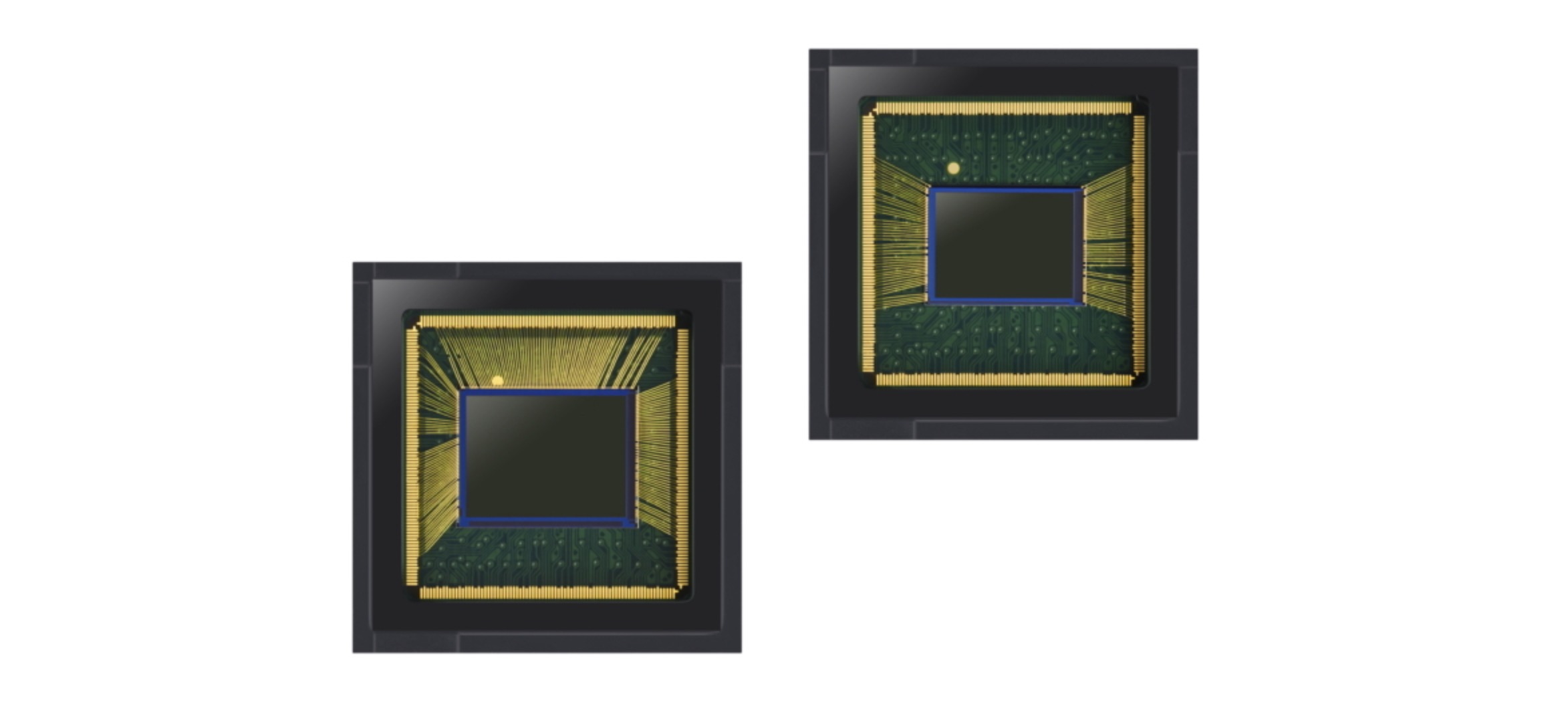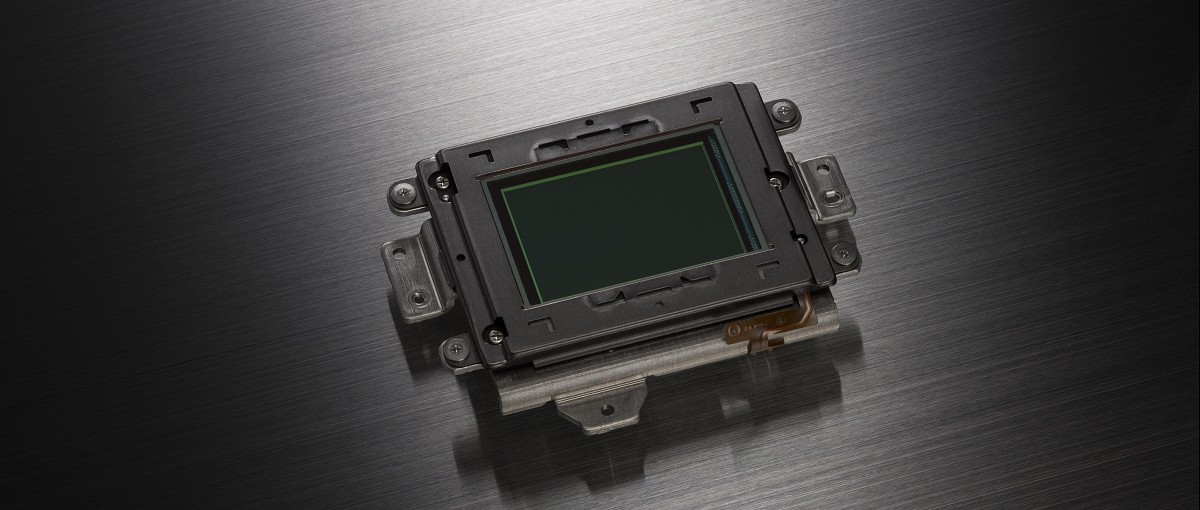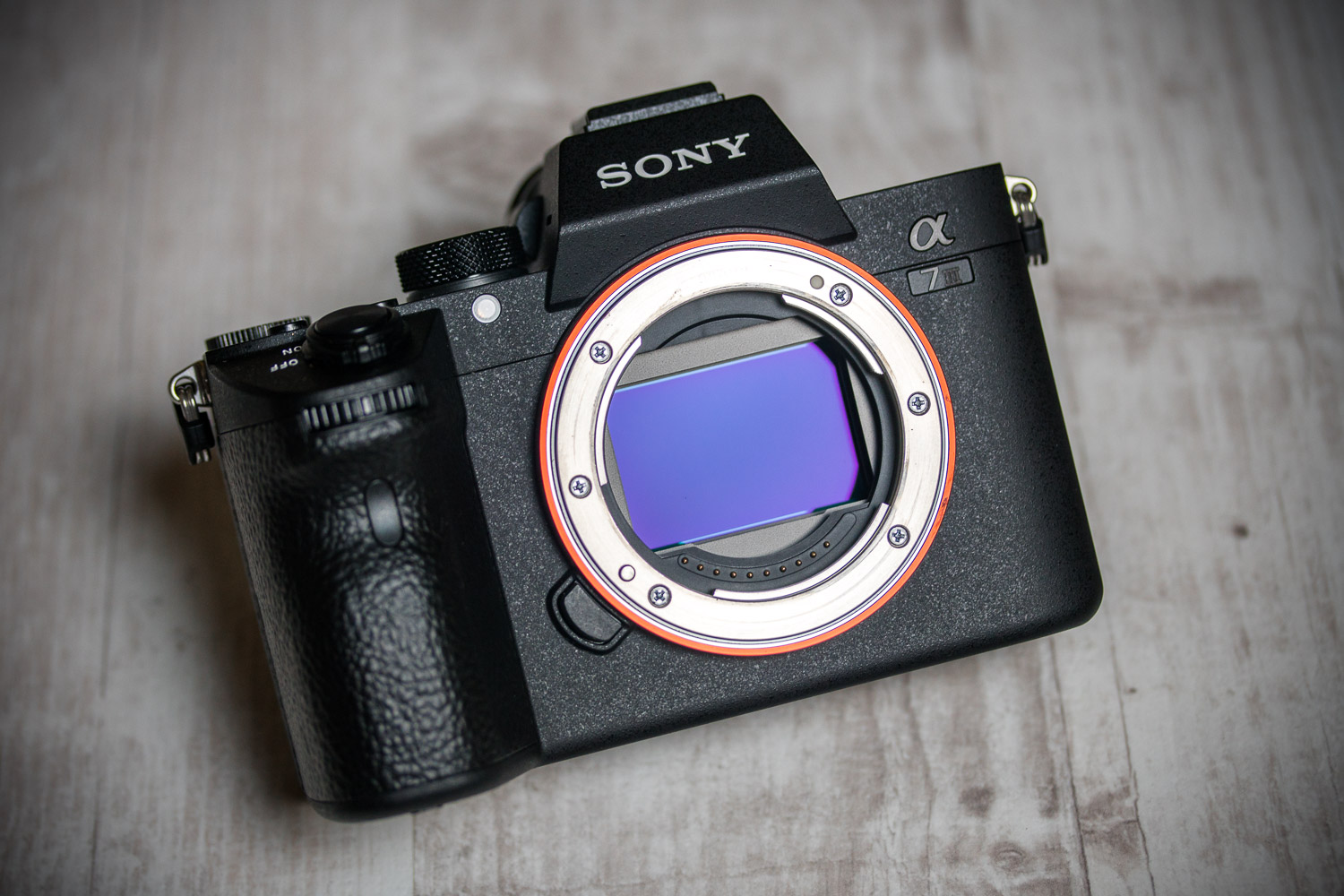Get ready for 64 megapixels in smartphones. The first will be Samsung

48 megapixel mobile devices are becoming more and more popular, but this is not the last word. The new smartphones will be equipped with a 64 megapixel camera.
48-megapixel dies have come to the fore in the smartphones market. We see them at all major manufacturers, except Apple. Such sensors are already in the smartphones of Samsung, Huawei, Xiaomi, Oppo and Vivo. The manufacturer of the dies is Sony.
The very popular Sony IMX586 matrix also seems to be highly flexible at the software level. The same sensor goes to medium and high-end smartphones, giving a distinctly different picture quality. I suspect that this is the reason why the sensor is so eagerly bought by producers.
Samsung puts on its own high-resolution matrices. The new sensors have a resolution of 48 and 64 megapixels.

Samsung showed two new matrices . The first sensor is called ISOCELL Bright GW1 and provides a resolution of up to 64 megapixels, which is a record in the world of mobile photography. The second sensor - ISOCELL Bright GW2 - has 48 megapixels. Both sensors provide a pixel size of 0.8 micrometres.
Samsung also reveals the principle of operation of new matrices. As expected, the pixels will be grouped into 2x2 blocks to improve the quality of night pictures. At night it will be possible to use the 12 megapixel (in GW2 matrix) and 16 megapixel (in GW1) modes to get a picture with a lower noise level. In turn, during the day, when the lights are not missing, the matrices will be able to work in native resolutions.
The dies will go into mass production in the second half of 2019, so it is possible that we will see them in the autumn Samsung models. Who knows, maybe even in Galaxy Note 10.
The fight for megapixels usually does not make sense ... unless it is.

Any photographer who has even licked the subject of technicals, is well aware of the fact that increasing the number of megapixels above a certain level often degrades the quality of photos. More pixel on the matrix means denser density, so a single pixel has a smaller size and as a result captures less light. Ultimately, we have a picture with bigger noise.
Behind the matrixes of Samsung, however, there is a specific idea. In the 16 and 12 megapixel modes, the matrices will work as if the single pixel had 1.6 micrometres, and this is a very large size on the mobile market, which promises good photo quality.
In addition, the matrix with a resolution of 64 megapixels provides the same pixel size as a forty-eight-pixel sensor. This means that the matrix itself has a physically larger size, so the overall quality of the images should be higher than in the case of a matrix with a resolution of 48 megapixels. The detail may not be clearly better, because here the optical resolution of the tiny lens is the limitation, but more light falls on the larger matrix.
And how are the smartphone 64 megapixels to traditional cameras?
For traditional cameras, the standard resolution level has been around 24 megapixels for years. However, there are more and more professional camera models that offer about 42 megapixels.

For example, my camera has a resolution of 24.2 megapixels, and the sensor has a size of about 36x24 mm. As a result, the pixel size is 5.91 micrometres. So you can see a huge gap in comparison to the mobile size of 0.8 or even 1.6 micrometres. Of course, there is a much more perfect and more complex optics.
However, if we enter the highest shelf of digital cameras, i.e. to the medium format segment, we can even count on 100 megapixels. These types of cameras are used for studio photography, mainly for advertising photography. However, we are talking about the price level of several hundred thousand. zł.
Is therefore mobile equipment for 4 thousand. PLN, with a matrix of 64 megapixels, can make sense?
Of course. Many people will say that "physics can not be deceived" and high resolution will need great optics. Play on the mobile market, however, does not consist in deceiving physics and in avoiding it. If you can not increase the size of the sensor or lens, you can overcome this problem with the software. It is the software that determines the quality of the photos.
Example? Honor View 20 with a matrix of 48 megapixels has a mode in which it takes a series of photos with a slight shift caused by the vibration of hands, then combines all the frames into one that has much more detail. The digital zoom in Google Pixel 3 works in a similar, yet more interesting way. It is program tricks that make mobile matrixes governed by slightly different laws than sensors of large cameras. For this reason, I think that 64 megapixels on a smartphone make sense.
Get ready for 64 megapixels in smartphones. The first will be Samsung
Comments
Post a Comment